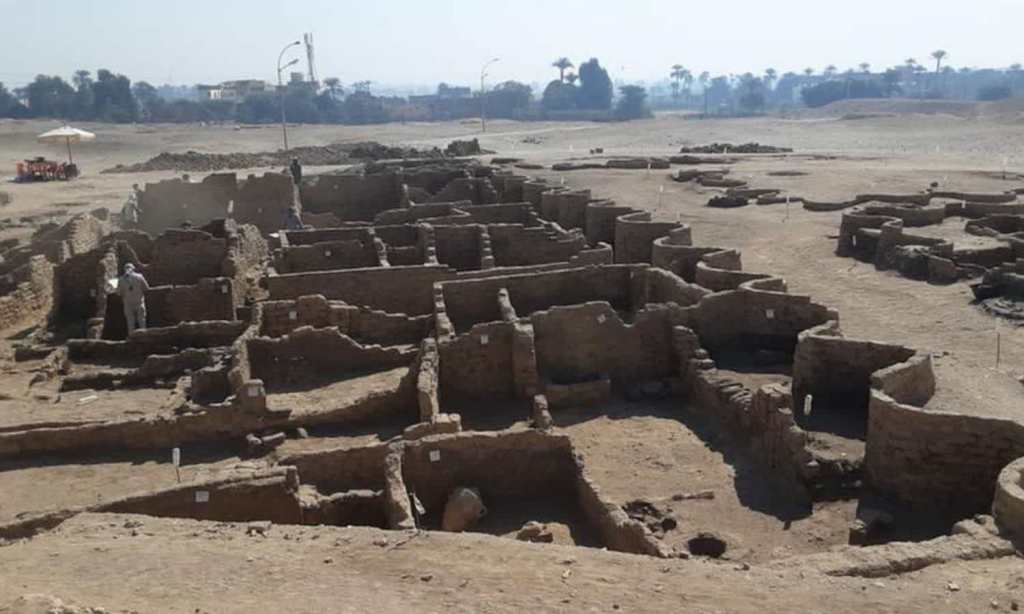Being an archaeologist is one of those jobs that always sounds like it would be an exhilarating experience. Finding bits of history in the literal Earth, and piecing them together to form a story sounds about the most romantic thing we’ve ever heard. Not to mention that you’d constantly be solving historical mysteries and filling in the gaps of history books worldwide.
One country that has some incredible history is Egypt. The pyramids, temples, Pharaohs and all the stories that have been uncovered through hieroglyphics are completely mesmerising. Most of these have been discovered by historians and archaeologists, who have just released another incredible discovery in Egypt.
Archaeologists have found the largest ancient city in Egypt, buried under the sand for approximately 3,000 years. Experts have said that this is one of the most important finds since the unearthing of Tutankhamun’s tomb, which was a huge discovery back in 1922.
Egyptologist Zahi Hawass announced the discovery of the “lost golden city”, revealing that the site was uncovered right near Luxor, Valley of the Kings.
“This is amazing because actually we know a lot about tombs and afterlife,” said Hawass while giving NBC News a tour of the site. “But now we discover a large city to tell us for the first time about the life of the people during the Golden Age.”
“Each piece of sand can tell us the lives of the people, how the people lived at the time, how the people lived in the time of the golden age, when Egypt ruled the world,” he said.
“We spent a lot of time talking about mummies and talking about how they died, the ritual of their deaths. And this is the ritual of their lives.”
Imagine being a treasure hunter as your job! Of course there are endless scientific, mathematical and historical factors that go into archaeological expeditions, but the excitement of such a discovery must be exhilarating.
The lost city is the largest that has ever been uncovered from ancient Egypt and is only partly excavated. Artifacts that have been found so far include rings, scarab beetle amulets, coloured pottery, and mud bricks bearing original seals and confirming the dating to the reign of Amenhotep III, who ruled Egypt from 1391 to 1353 BC and was continued to be Ay and Tutankhamun.
The dig started in early September last year and now, seven months in, several district areas and neighbourhoods within the city have been uncovered including a bakery, an administrative district and a residential area.
Hawass’ team was originally searching for Tutankhamen’s Mortuary Temple, but were surprised to find a series of mud walls coming out of the sand; the remains of a city. Many archaeologists had searched for the city before, and had never struck gold.
The city has storage houses, grinding stones, ovens and areas for meat production, as well as a bakery, a residential area and an administrative district still intact, the remains give a wonderfully rare glimpse into the workings of an Egyptian city going back thousands of years.
And it’s not over yet. Hawass has mentioned that archaeological work was under way at the site and his team “expects to uncover untouched tombs filled with treasures”.
It all sounds very exciting. The depth of history within Earth is actually mind-blowing, and we live for the rich cultural and social teachings that come with these discoveries.
Read more stories from The Latch and subscribe to our email newsletter.







